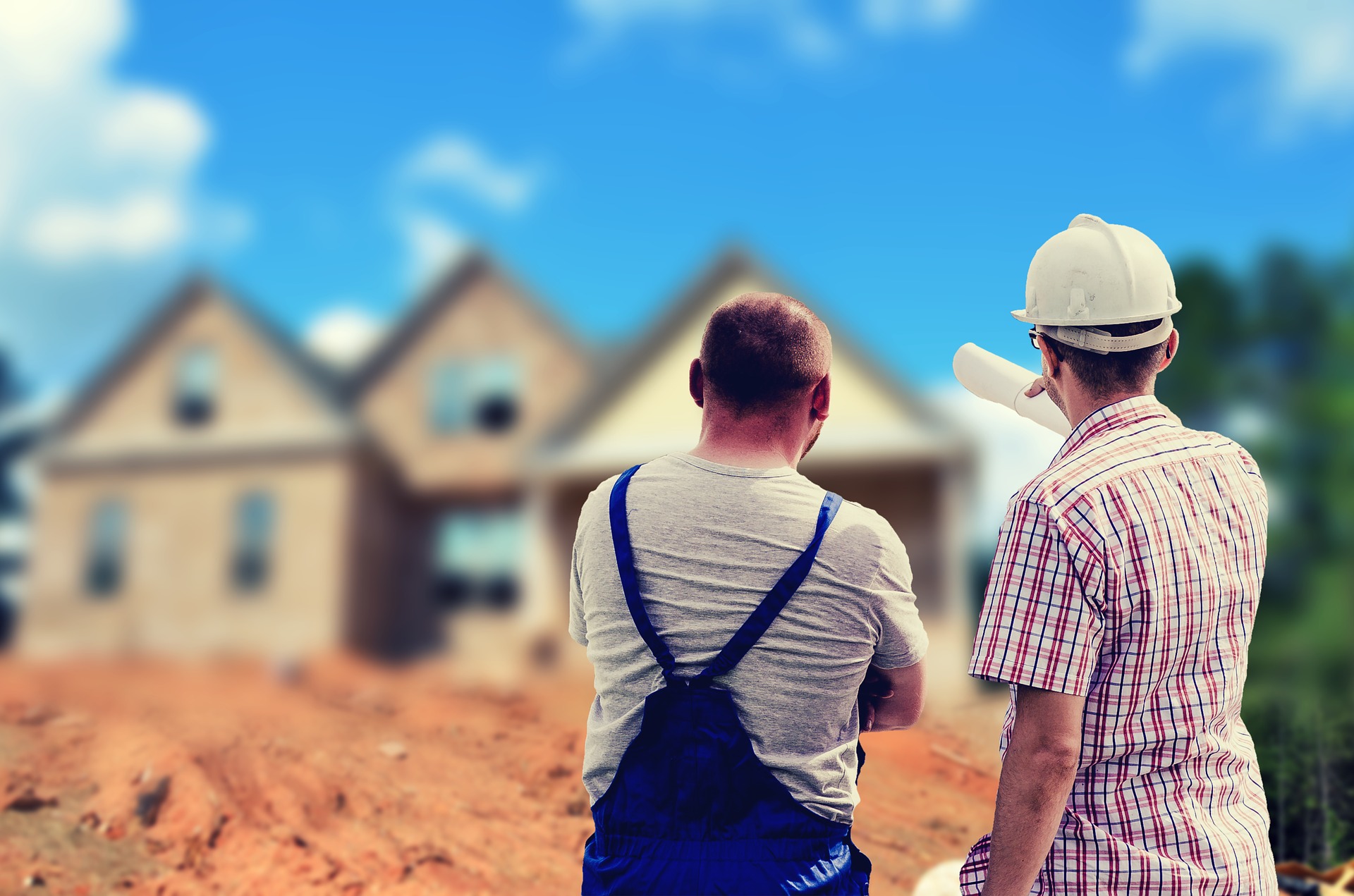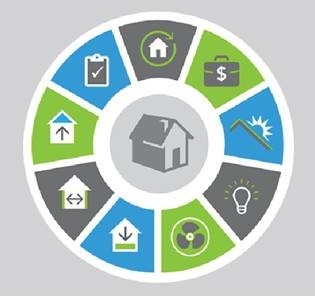
- Vitalii Homon
- February 20, 2021
- Ask Eartha
Dear Eartha, I’m a local Summit County Builder with decades of experience building in the mountains. I’ve heard some rumblings about the new sustainable code in effect and would like to know what I should expect before I pull my first construction permit this year.
With a new set of construction codes in effect across the community, sustainable construction has certainly taken a step forward. The Summit Community Climate Action Plan, developed in 2018, shows that roughly two thirds of our carbon emissions come from our buildings. With such a significant opportunity for emissions reduction, our community has placed an emphasis on updating our codes to ensure the future of housing in Summit County is readying us to meet the goals of the Climate Action Plan.
Over the past several decades, building science has made impressive progress in developing new energy efficient products and even improving the recipe for how we construct a home. We really start to see these advancements take off in markets subject to higher energy costs or in harsh climate zones. Driven by client demand, builders are tasked with an ongoing challenge to build homes that last longer, cost less to own and operate, and promote healthier indoor living environments.
 What’s in the new code?
What’s in the new code?
The new sustainable code challenges architects and builders to think beyond just energy efficiency, and focus on improving indoor air quality, reducing water consumption, and even taking steps to future-proof our new homes. To achieve these goals, at the core of the new Sustainable Code, is the Department of Energy’s Zero Energy Ready Home (ZERH) Program. This program outlines compliance requirements in several arenas including indoor air quality, energy conservation, and water efficiency.
Designing for Success
Having consulted with builders, architects, and homeowners about the new codes and how they impact their projects, I’ve learned quite a bit about the process of completing a successful construction project under the new system. For a new home to comply with the requirements of the ZERH program, its highly advised that a builder consult with a third-party energy consultant as early and as often as possible. A qualified energy consultant can discuss the program requirements, predict the energy performance of a home prior to construction, and verify that all program requirements including indoor air-quality and water conservation are met.
Early in the design process, an energy consultant such as myself can identify potential design issues and prescribe changes that will result in a design that is set up for success with the new codes. During these initial stages, the energy consultant will consider home design characteristics such as square footage, layout, window sizes and orientation, heating equipment, appliances, and insulation details to calculate how the home will perform, ensuring the performance is meeting or exceeding the code requirements. Through this process the energy consultant can make changes to any of these inputs to design a home that works for everyone involved. Rather than following the code exactly as its written, working with an energy consultant affords a build-team the flexibility to build what they want, how they want.
 High-cost, high-complexity construction methods written in the code can be avoided, assuming the overall home efficiency is made up for through other means. Statistically speaking, 99% of homes that have historically complied with the ZERH Program have chosen to do so by proving home performance through an energy consultant rather than following the code exactly as its written.
High-cost, high-complexity construction methods written in the code can be avoided, assuming the overall home efficiency is made up for through other means. Statistically speaking, 99% of homes that have historically complied with the ZERH Program have chosen to do so by proving home performance through an energy consultant rather than following the code exactly as its written.
On a recent project I consulted on, I was able to be flexible to the requests of the builder to avoid continuous exterior insulation, and expensive windows. We were able to show code compliance by increasing insulation under the foundation, and in the attic where it was more cost-effective to make those upgrades. Overall, the home was still designed to meet or exceed the energy performance of the code.
Beyond Energy Efficiency
With considerations for indoor air-quality and water efficiency also built into the code, as a community were now more comprehensively addressing long-term health and sustainability of our housing stock. As we make our homes more energy efficient, it’s equally important that we take steps forward with regards to conserving water and promoting healthier housing. Under the indoor-air quality component of the code, low-emission building materials and finishes, radon mitigation, and ventilation are all considered. With regards to water efficiency, the code stipulates efficient fixtures such as faucets and shower heads as well as hot water delivery throughout the home.
Going beyond water conservation the sustainable code ensures new homes come standard with the infrastructure for solar panels and electric vehicle charging. Through these efforts, if a homeowner in the future decides they would like to install a charging station for their electric car, or solar panels on the roof, the cost to do so will be substantially less. After all, the Zero Energy Ready Home program is designed to ready our homes for a future of low-maintenance, low-cost home ownership.
For more information on the new construction codes in Summit County, can be found on our Sustainable Building Codes page.
